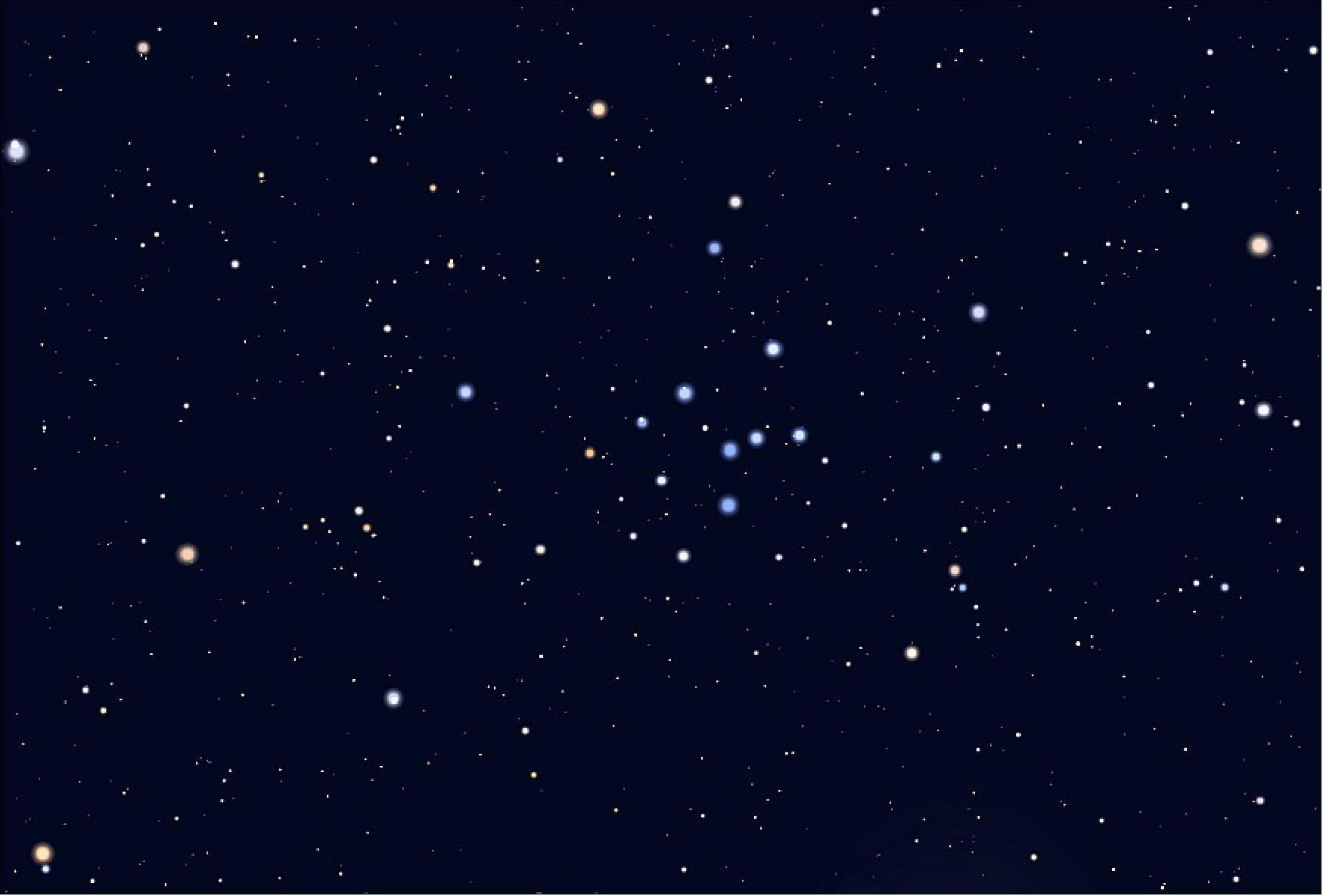
Massive Star Formation at the Edge of the Galaxy: The LZ-STAR Survey of Sh2-284
The LZ-STAR survey explores low-metallicity star formation in Sh2-284, focusing on the massive protostar S284p1. ALMA and JWST observations reveal a symmetric, parsec-scale bipolar outflow, suggesting an ordered formation process. S284p1, about 11 solar masses, has grown from a dense gas clump over 300,000 years. The findings show that massive stars can form in a structured way, even in environments with lower metal content, offering insights into early universe star formation.

Unraveling the Binarity of B-type Supergiants in the Small Magellanic Cloud
A new study by Britavskiy et al. examines the binary nature of early B-type supergiants (BSGs) in the Small Magellanic Cloud using data from the Binarity at LOw Metallicity (BLOeM) survey. Analyzing 262 stars, the team found that about 40% are likely binaries, with a sharp drop in binarity for stars cooler than 18,000 K. The findings suggest that mergers play a key role in BSG evolution, and that binary fractions remain consistent across different metallicity environments. Future observations will further clarify how these massive stars evolve.

Exploring the Metal-Poor Stream C-19: A Glimpse into Galactic Formation
The C-19 stellar stream, the most metal-poor known, may originate from a disrupted globular cluster or dwarf galaxy. Researchers confirmed its uniform metallicity and velocity dispersion, challenging existing formation theories. The findings highlight C-19's potential as a key to understanding early galactic evolution.

Unveiling the Secrets of Metal-Poor Stars: Tracing Single Supernova Enrichment
Yutaka Hirai and colleagues used simulations to study mono-enriched stars, which form from a single supernova's ejecta. They found these stars are rare, with higher fractions at lower metallicities, and mostly form early in a galaxy's history near its center. This work provides new insights into early star formation and nucleosynthesis, with future observations expected to confirm these predictions.

Exploring the Origins of the Milky Way: Insights from Metal-Poor Stars
Metal-poor stars are ancient remnants of the early universe, formed from gas enriched by the first stars. Their low metallicity reveals insights into early chemical processes, star formation, and galaxy evolution. Found across the Milky Way and its satellites, they are studied using spectroscopy to uncover their diverse chemical histories, including carbon enhancement and neutron-capture processes. These stars serve as vital tools for exploring the universe's origins and the Milky Way's formation.

A Low Metallicity Binary Star Discovery in WLM Galaxy: A Glimpse into Stellar Mergers
Maude Gull and her team discovered a low-metallicity contact binary star system, WLM-CB1, in the WLM galaxy using data from the Hubble and James Webb Space Telescopes. This system, composed of two massive stars, is significant for its extremely low metal content, making it a unique case to study stellar evolution. The stars are likely in a contact phase, possibly leading to a merger in the future, which could result in a supernova or black hole. Further observations will help confirm the system’s nature and refine models of binary star interactions in metal-poor environments.
